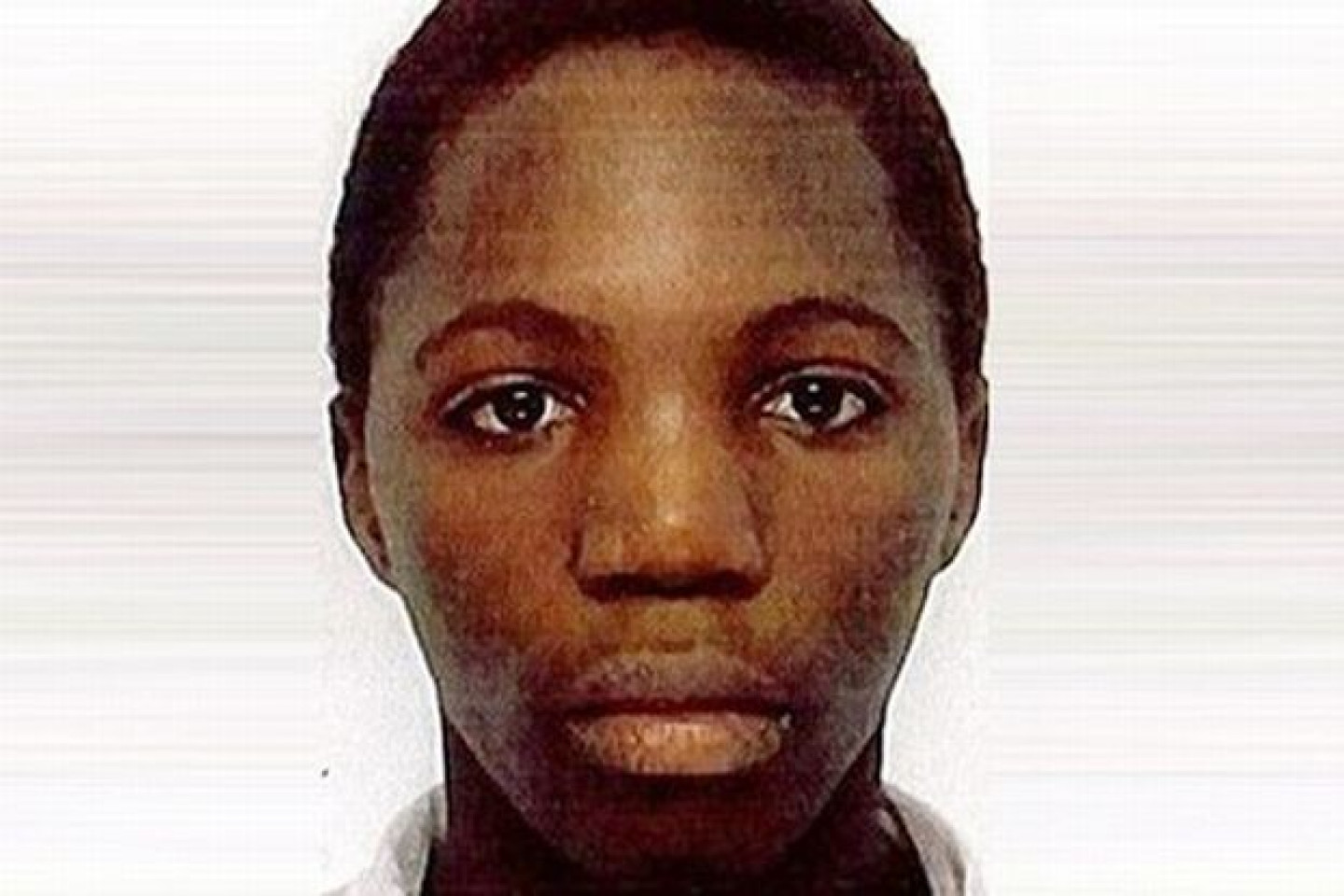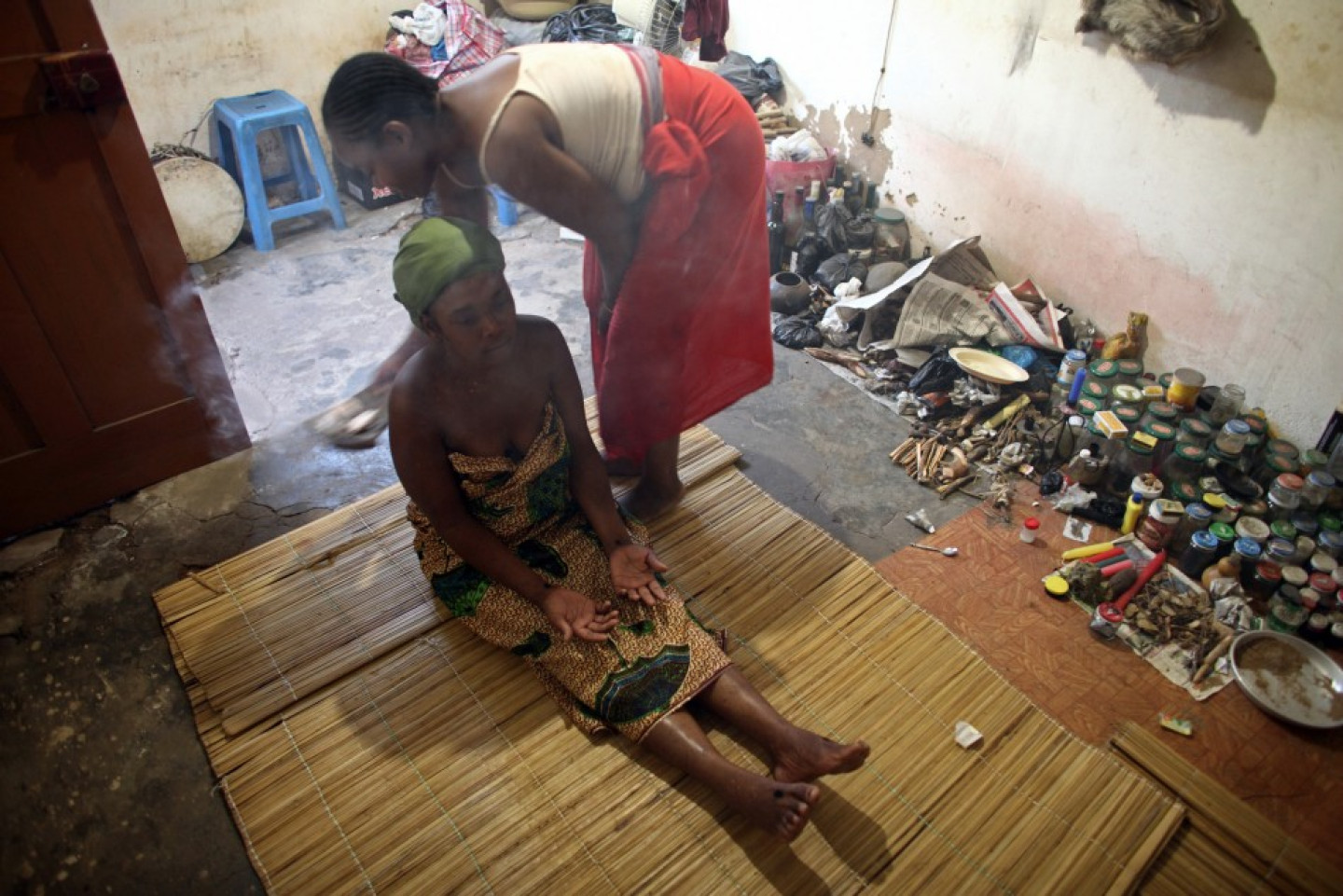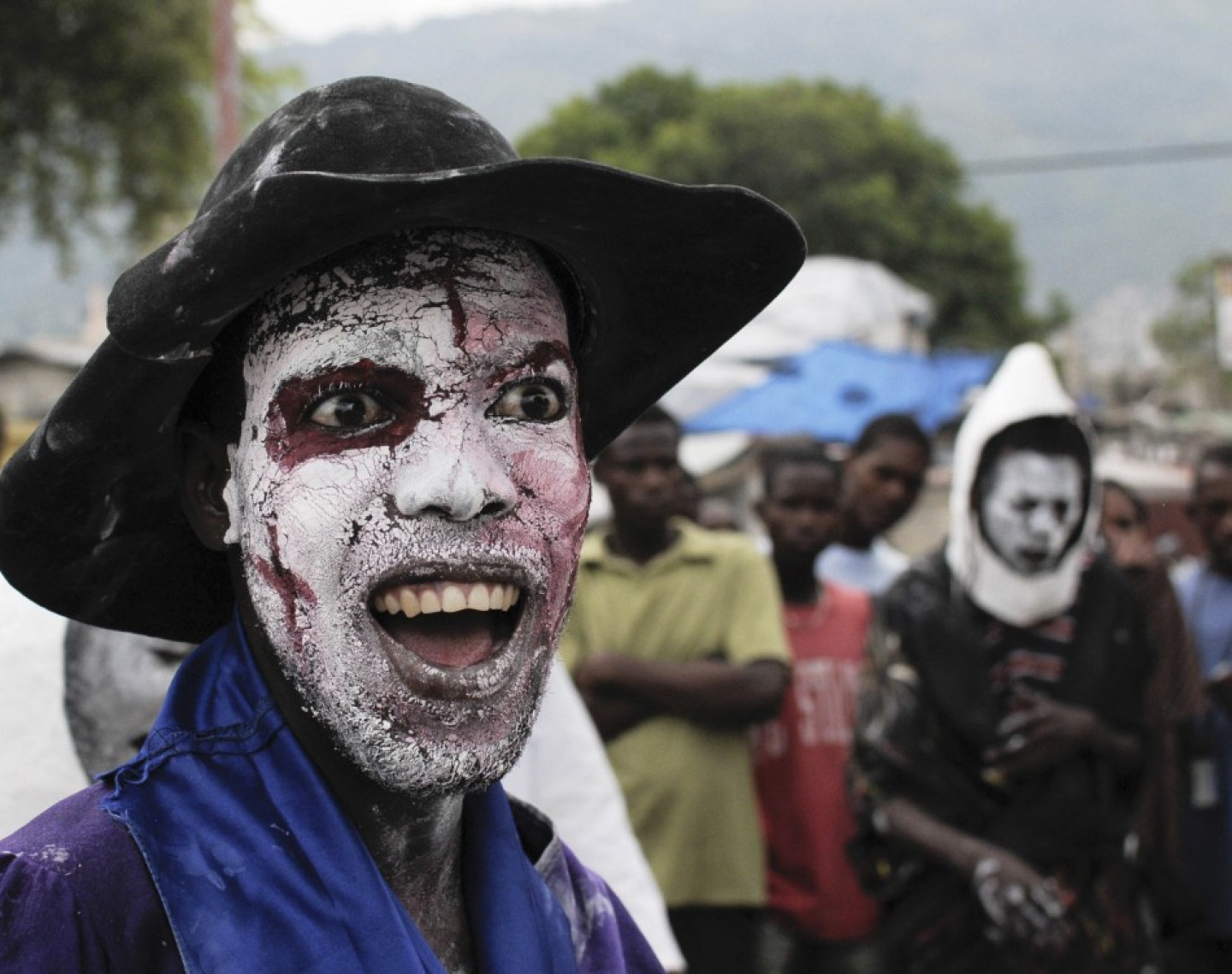Kristy Bamu Witchcraft Murder: Kindoki, Jinn and Voodoo Explained

Witchcraft is thought of by many as an archaic belief structure long consigned to the history books.
But the torture and murder of 15-year-old Kristy Bamu in an east London flat has lifted the lid on dangerous superstitions, prevalent in Central Africa, that are increasingly found in the UK.
Magalie Bamu and Eric Bikubi were found guilty in the high court after torturing the teenager with metal bars, a chisel, hammer and pair of pliers before letting him drown in a bath.
The trial revealed that what initially appeared to be random, motiveless torture was a form of crude exorcism based on a belief that the boy had used witchcraft.
Following this case and that of five-year-old Victoria Climbie, who was tortured to death in 2000 in Tottenham, north London, social workers will have been issued with guidelines to help them identify cases of abuse connected to witchcraft, specifically Kindoki, jinn and Voodoo.
But what do these terms mean?

Kindoki
Belief in witchcraft and subsequent abuse is found throughout Africa, although it is most common in the Democratic Republic of Congo, where thousands of children are forced on to the streets by scared parents or exorcised in painful rituals.
Belief in witchcraft has become intertwined with extremist Christianity, with an increase in the number of preachers, regularly consulted as advisers, branding children as possessed and demonic.
The term Kindoki originally denoted putting a curse on others or the use of a spirit for selfish means. Over the years it has undergone lexical change to mean a spirit that "resides" in a person and has to be removed.
Sky News spoke to 14-year-old Lionel Paka Makola, who was accused of witchcraft by his father's pastor after borrowing a pen.
"I didn't have Kindoki but they told me I had it. I did not have the knowledge that I have now, so I just accepted it," said Lionel.
He was beaten regularly, a practice that is believed to expunge the Kindoki. Some children are starved and burnt in ritualistic practices.
Sita Kisanga, one of a trio of suspects found guilty of torturing an eight-year-old girl in Hackney, east London, in 2005, claimed in a radio interview: "Kindoki is something you have to be scared of because in our culture Kindoki can kill and destroy your life completely.
"Sometimes Kindoki can ruin your chances of staying in this country [England]. The authorities will arrest you and deport you and Kindoki can be part of it."
Jinn/Djinn
A supernatural being in Islamic folklore, a jinn, or djinn, is a genie or spirit that it is believed can possess a person.
People have found themselves accused of jinn possession for everyday illnesses, should a doctor fail to diagnose them, with sleepwalking, back problems and even an unhappy marriage sparking calls for exorcism.
Exorcisms can regularly feature ritualistic torture, including the use of hot knives, while some exorcists believe that a person's organs can be possessed and must be removed.
In 2010 the body of a four-year-old girl was found stabbed 40 times in a flat in Clapton, east London.
Her mother, Shayma Ali, believed she was possessed by a jinn and that the child had to be exorcised. She strangled the girl and repeatedly stabbed her while playing Koranic verses.

Voodoo
A religion that originated in Haiti, voodoo was formed from the merging of West African beliefs and Roman Catholicism in the 16th century.
Centred around the god Bondyè, voodoo practitioners regularly venerate the dead and fear witchcraft.
Many cases of ritual murder and human sacrifice have been connected to branches of voodoo belief, which involves the use of limbs and bones in spells.
The headless and limbless body of an unidentified five-year-old boy found in the River Thames in 2001 was attributed to a voodoo ritual after scientists found the remnants of a "black magic" potion in his stomach.
The devastating 2010 earthquake in Haiti saw a great number of traditional voodoo ceremonies to "purify" the country. However, it was estimated that dozens of voodoo priests were lynched by mobs who blamed them for the spread of cholera following the disaster.
© Copyright IBTimes 2025. All rights reserved.





















